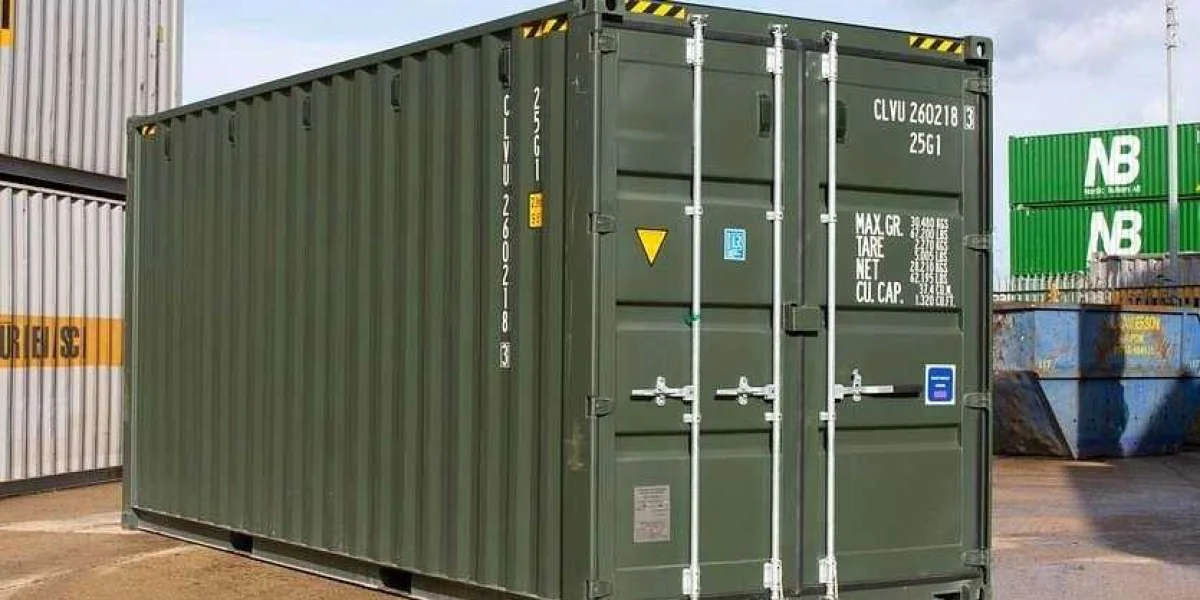The Ultimate Guide to cat flap fitting - he said -: A Comprehensive Overview
As any cat owner can confirm, supplying a safe and hassle-free method for your feline friend to go into and leave the home is important. One popular solution is a cat flap, a small door set up in a wall or door that permits your cat to come and go as it pleases. However, fitting a cat flap needs cautious factor to consider and preparing to make sure that it is safe, secure, and effective. In this post, we will look into the world of cat flap fitting, checking out the various types of cat flaps, the advantages and downsides of each, and offering a step-by-step guide on how to set up a cat flap in your home.

Types of Cat Flaps
There are several types of cat flaps readily available on the market, each with its distinct functions and benefits. Some of the most popular kinds of cat flaps include:
- Manual Cat Flaps: These are the many standard kind of cat flap and require your cat to press the flap open with its head or paw.
- Magnetic Cat Flaps: These cat flaps use a magnetic closure to keep the flap shut, supplying added security and decreasing drafts.
- Electronic Cat Flaps: These high-tech exterior cat flap fitting flaps utilize sensing units and motors to open and close the flap, offering optimum convenience and security.
- Insulated Cat Flaps: These cat flaps are created to reduce heat loss and keep your home warm, making them ideal for chillier environments.
Benefits of Cat Flaps
Cat flaps offer several advantages to both felines and their owners, consisting of:
- Convenience: Cat flaps enable your cat to come and go as it pleases, minimizing the need for consistent cat-friendly door installation opening and closing.
- Security: Cat flaps supply a safe and secure method for your cat to get in and exit your home, decreasing the threat of injury or escape.
- Energy Efficiency: Insulated cat flaps can assist reduce heat loss and keep your home warm, making them a cost-effective service.
- Reduced Stress: Cat flaps can help in reducing stress and anxiety in cats, providing them with a sense of flexibility and independence.
Drawbacks of Cat Flaps
While cat flaps provide a number of benefits, there are also some potential drawbacks to think about, consisting of:
- Security Risks: If not set up correctly, cat flaps can posture a security risk, allowing unwanted animals or intruders to enter your home.
- Drafts: If not insulated properly, cat flaps can create drafts, reducing the energy efficiency of your home.
- Maintenance: Cat flaps need routine maintenance to guarantee they remain clean and functional.
How to Install a Cat Flap
Setting up a cat flap is a fairly simple process, but it does require some planning and preparation. Here is a step-by-step guide on how to install a cat flap:
- Choose the Right Location: The location of your cat flap is important, as it needs to be available to your cat and offer a safe and safe and secure entry and exit point. Consider the height and place of the cat flap, along with the surrounding location.
- Step the Opening: Measure the opening where you plan to set up the cat flap, taking into account the size of the flap and any surrounding obstructions.
- Cut the Opening: Use a saw or drill to cut the opening for the cat flap, making sure it is level and protect.
- Install the Frame: Install the frame of the cat flap, using screws or nails to protect it in place.
- Include the Flap: Add the flap to the frame, making certain it is firmly connected and functions properly.
- Include Any Additional Features: Add any additional functions, such as sensing units or motors, according to the manufacturer's directions.
- Test the Cat Flap: Test the cat flap to guarantee it is working correctly and safely.
Advice
Here are some tips and tricks to remember when installing a cat flap:
- Use a level: Make sure the cat flap is level and secure to avoid any problems with the flap opening and closing.
- Include insulation: Add insulation around the cat flap to minimize drafts and keep your home warm.
- Consider the size: Consider the size of your cat when choosing a cat flap, as larger felines may need a bigger flap.
Often Asked Questions
Here are some often asked concerns about cat flaps:
Q: What is the best type of cat pet flap installer for my home?A: The best type of cat flap for your home will depend on your particular requirements and circumstances. Consider aspects such as security, energy effectiveness, and benefit when selecting a cat flap.
Q: How do I keep my cat flap tidy?A: To keep your cat flap tidy, regularly wipe it down with a moist cloth and vacuum any particles or dirt.
Q: Can I set up a cat flap myself?A: Yes, you can set up a cat flap yourself, but it might require some DIY abilities and knowledge. If you are unsure or unpleasant installing a cat flap, consider speaking with a professional.
Conclusion
In conclusion, cat flaps are a hassle-free and secure method to offer your feline good friend with access to the outdoors. With the best kind of cat flap and appropriate installation, you can enjoy the advantages of a cat flap while lessening the disadvantages. By following the tips and techniques described in this short article, you can ensure a safe and secure installation that satisfies the needs of both you and your cat.
Extra Resources
- Cat Flap Installation Guide: A comprehensive guide to installing a cat flap, including detailed instructions and diagrams.
- Cat Flap Maintenance Tips: A list of tips and tricks for keeping your neighborhood cat flap installer flap, including cleaning and repair advice.
- Cat Flap Buying Guide: A guide to picking the best cat flap for your home, consisting of considerations such as security, energy efficiency, and convenience.






